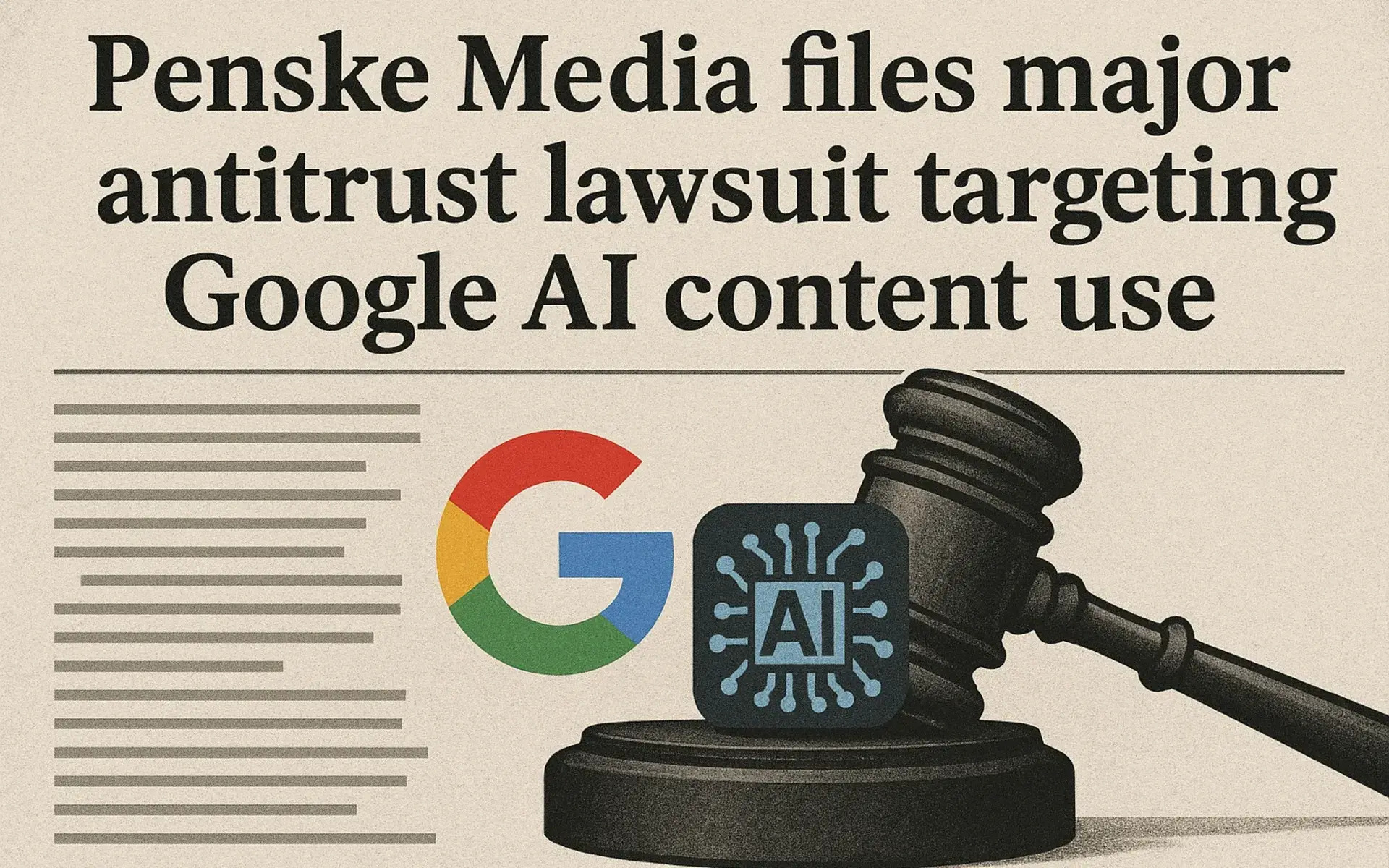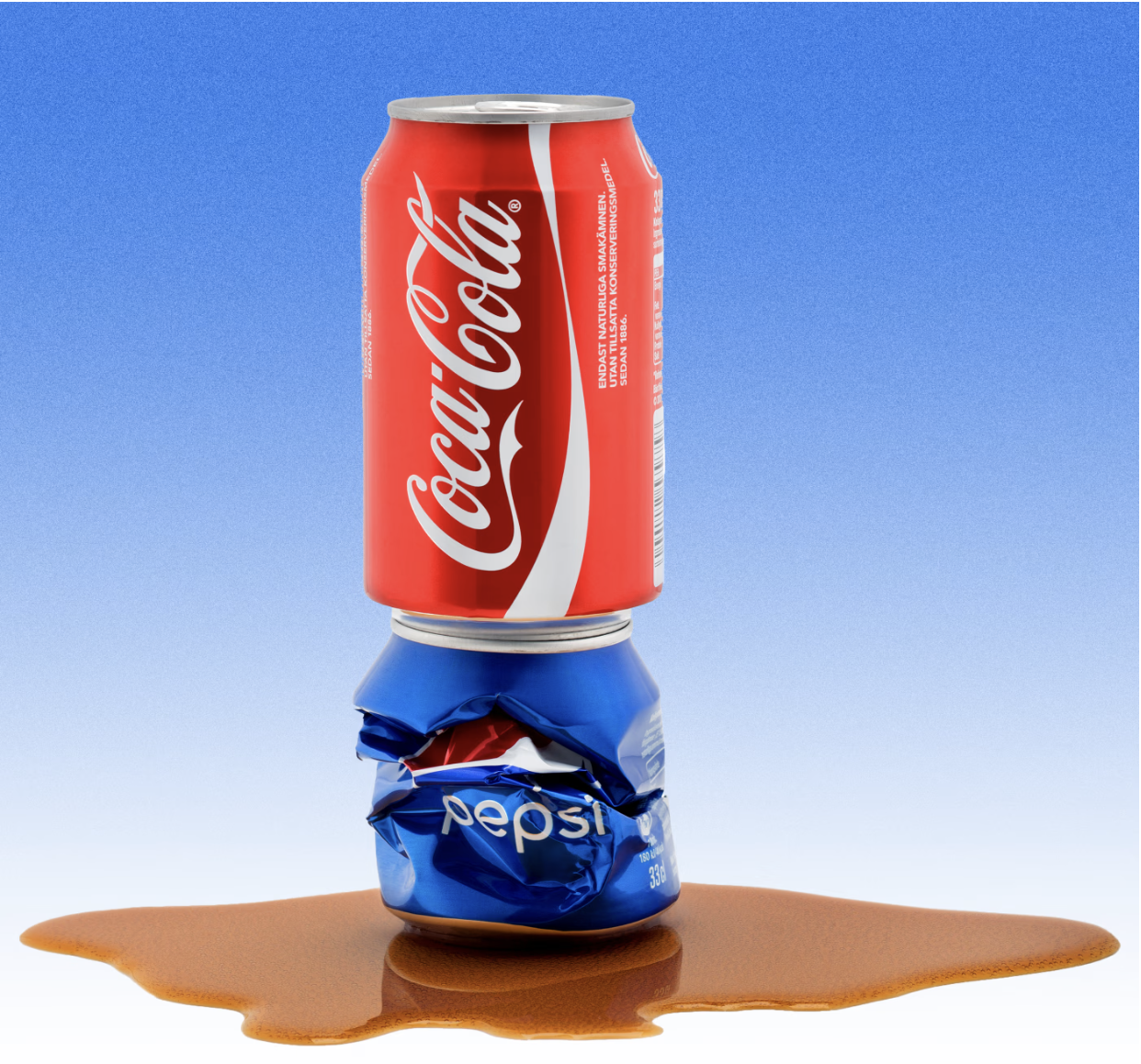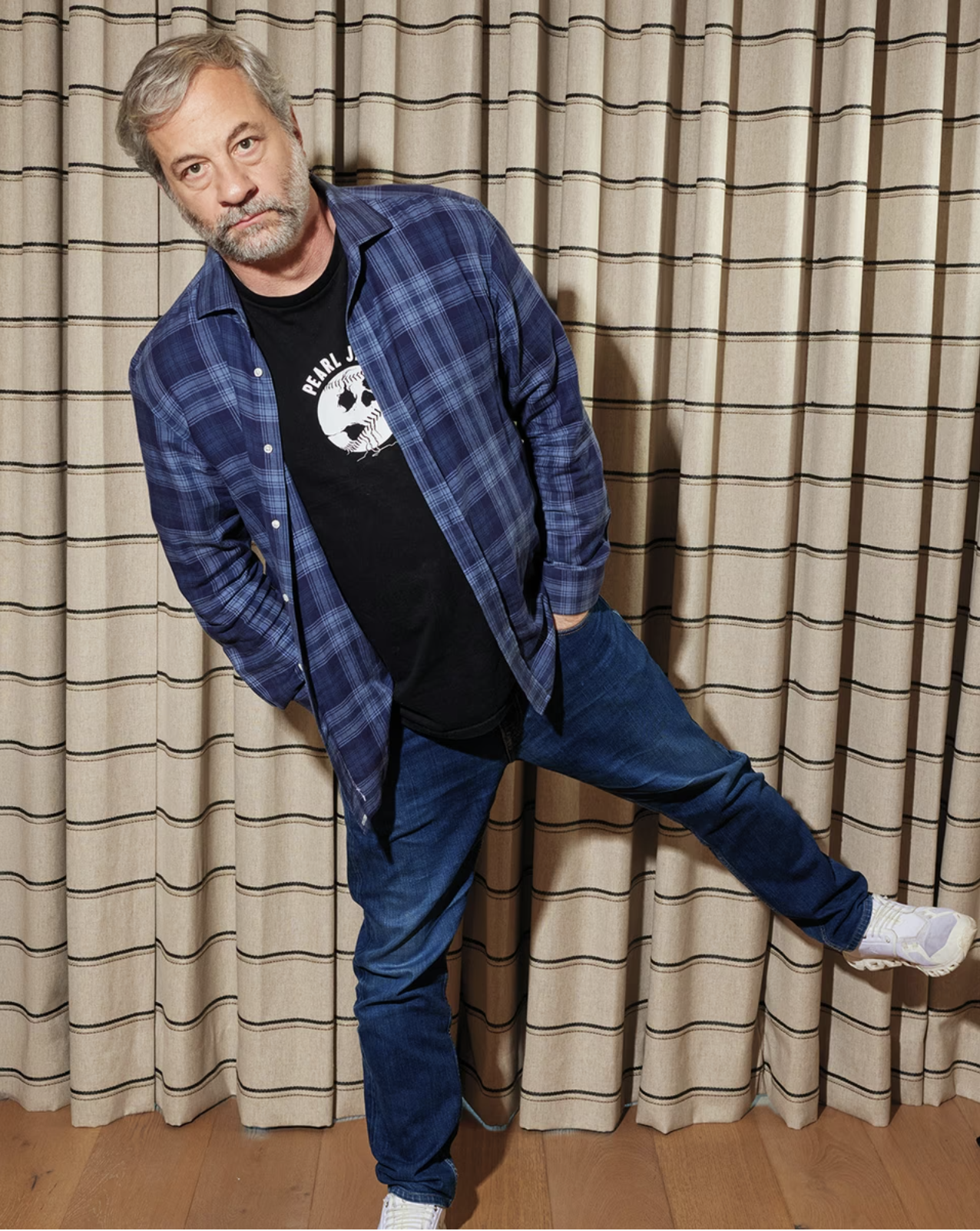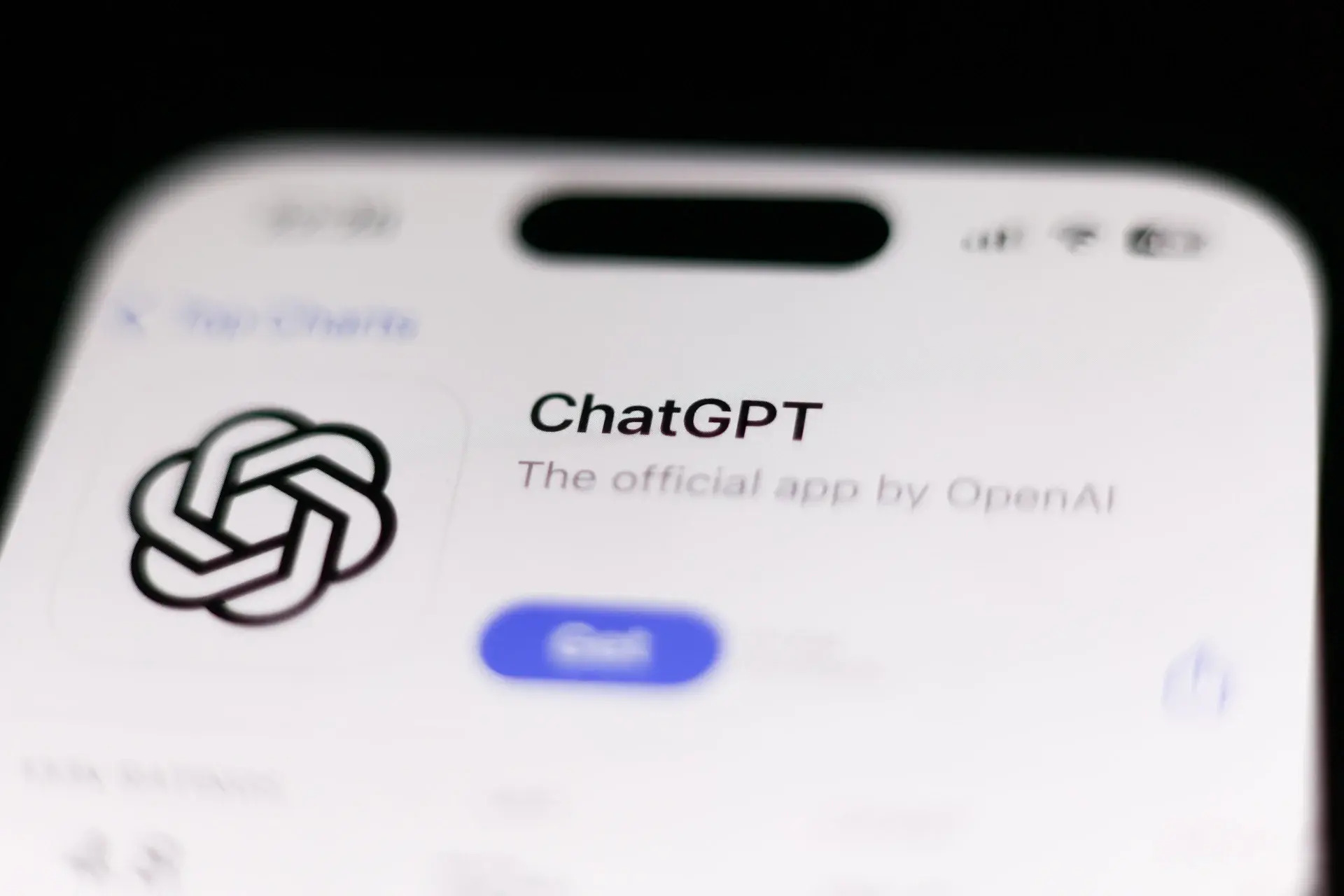- The 10 Things Newsletter
- Posts
- HBO/Max, Netflix Tie With Most 2025 Emmy Wins
HBO/Max, Netflix Tie With Most 2025 Emmy Wins
Plus: Fading Labubu Frenzy Wipes $13 Billion From Pop Mart Shares

Hey there—Ryan here in sunny LA ☀️. Here’s what I’m tracking today across entertainment, tech, and marketing:
The gloves are off in AI world—Penske Media just hit Google with a major lawsuit, while Microsoft’s pricey seat at OpenAI’s table has everyone asking what those billions are really buying. And in a twist, the ChatGPT gender gap is finally narrowing, shifting who’s steering the AI conversation.
Meanwhile at the movies, Demon Slayer slashed its way to the top of the U.S. box office, HBO/Max and Netflix tied for Emmy dominance, and Pop Mart’s $13B wipeout shows what happens when a toy craze flames out. Even Pepsi is scrambling for a new game plan in its endless fight with Coke.
Let’s get into it. 👇
Thanks for reading! Enjoyed this edition? Share it with a friend or colleague!
Was this forwarded to you? Sign up here to receive future editions directly in your inbox.
Support the Newsletter: If you’d like to support my work, consider contributing via Buy Me a Coffee.
Stay Connected: For more insights and updates, visit my website or follow me on LinkedIn, YouTube, and TikTok.
Work with Me: Interested in partnering with me on sponsored content, consulting/advising, or speaking and workshops? Get in touch here.
How was today's newsletter?Feedback helps me improve! |









